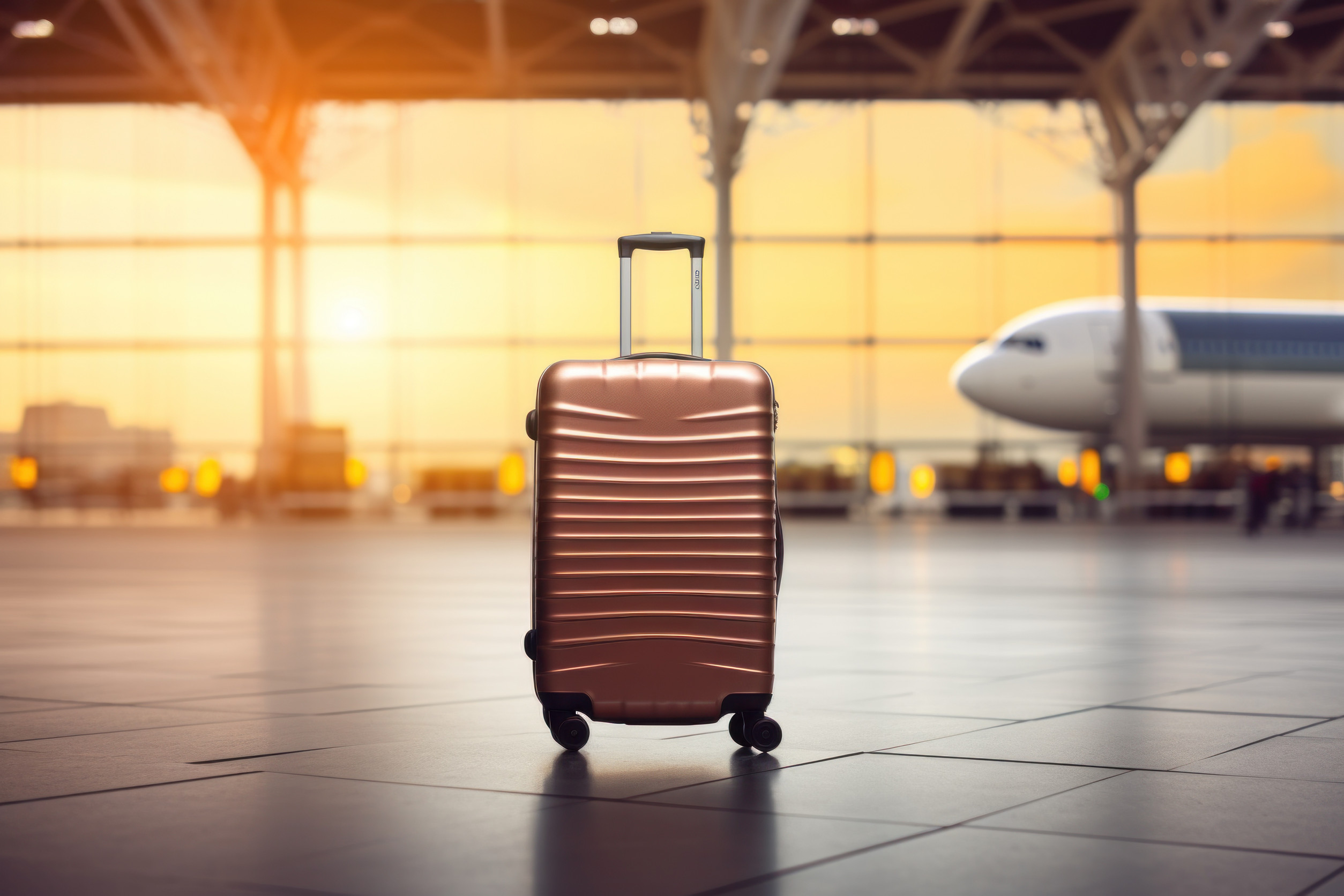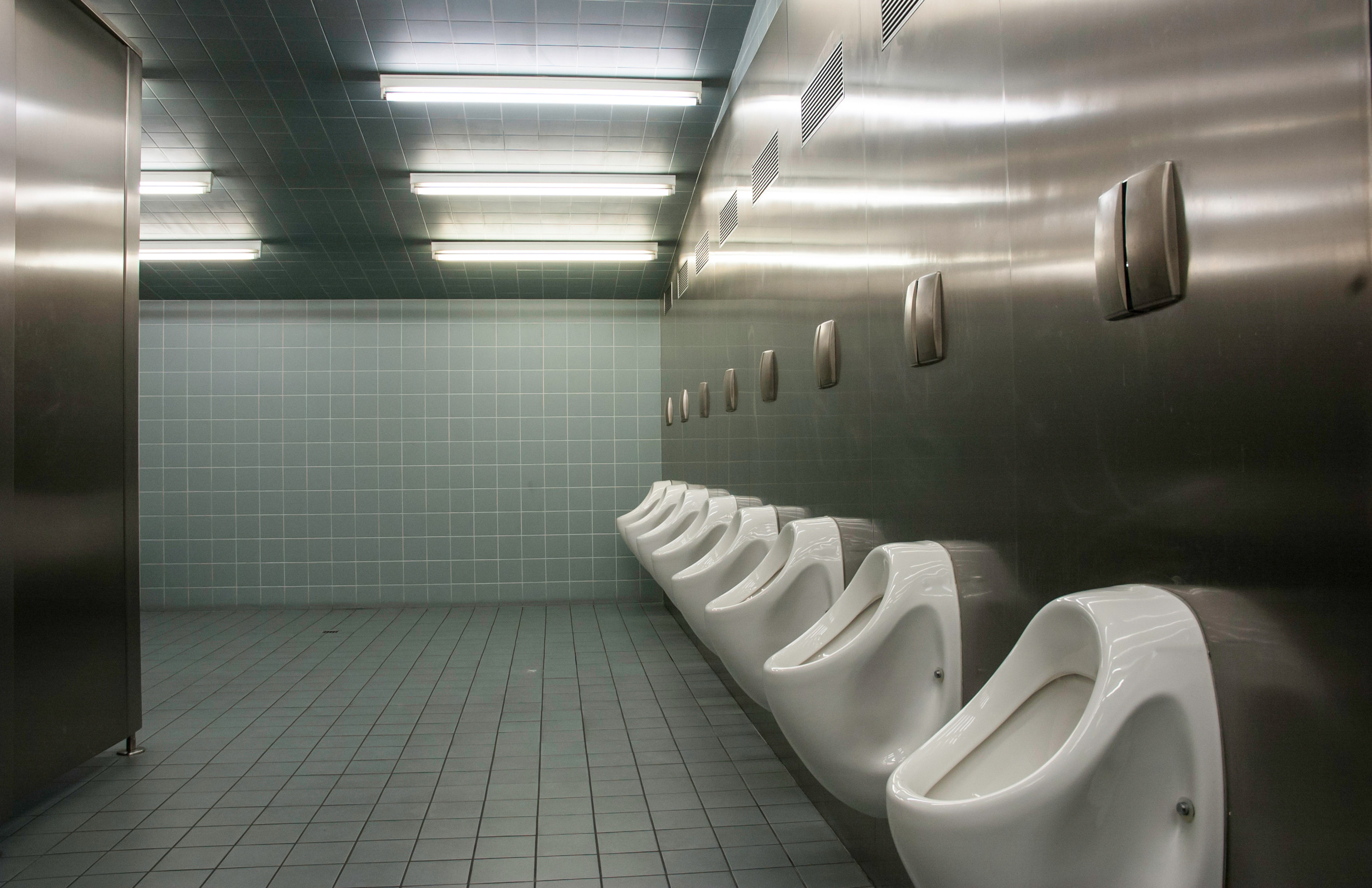
Let’s be honest—nothing stings quite like reaching for your wallet for something that used to cost nothing. From small daily conveniences to once-standard perks, modern life has turned free luxuries into profit machines. Companies have figured out how to monetize everything, and people often pay without even realizing how different things were a couple of decades ago.
What was once a given now comes with a price tag, sometimes dressed up as a “premium service.” Here’s a fast-paced look at nine everyday things people now shell out for that were once totally free.
1. Drinking Water
Not too long ago, grabbing a drink meant turning on the tap or finding a public fountain. Today, bottled water is a multi-billion-dollar industry, sold everywhere from gas stations to gyms. Convenience and marketing made carrying a plastic bottle feel essential, even though the water inside often comes from municipal taps. Ironically, free fountains still exist, but they’re often ignored. Paying for what flows at home practically for free has become the norm.
2. Luggage on Flights
Air travel used to include the cost of bags, no questions asked. Today, many airlines charge fees for checked luggage, carry-ons, and sometimes even seat selection. What used to be part of the ticket is now sliced into separate add-ons that can double the price of a trip. Low-cost carriers popularized the practice, but now even major airlines follow suit. The once-simple act of packing a bag is now a math equation in hidden costs.
3. Tap TV Channels
Television was once all about rabbit ears and rooftop antennas pulling in free local channels. Today, streaming services and cable packages dominate, requiring monthly payments just to watch shows that used to be available over the air. While free digital antennas still exist, many households pay for access without realizing it duplicates what was once free. Companies bundle channels to justify the price, locking people into subscriptions. Entertainment that used to cost nothing now eats up a significant chunk of monthly budgets.
4. Concerts in Parks
Cities and towns used to host live music in public spaces as free community entertainment. Now, events that once welcomed everyone often come with entry fees, wristbands, or ticketed VIP areas. Corporate sponsorships and event companies turned casual gatherings into managed revenue streams. Free music in the park has slowly transformed into festivals with high ticket prices. What was once community culture has become an industry of exclusivity.
5. Road Maps
Driving used to mean unfolding a free paper map from a gas station or tourism office. Now, navigation often relies on smartphones, apps, and GPS subscriptions. Even when apps are free, the data plans and premium features carry costs. Companies also monetize location data, turning free directions into another revenue source. That free glove-compartment map feels like a relic of a bygone era.
6. Hotel Amenities
Hotels once rolled out perks like complimentary breakfast, parking, and Wi-Fi as part of the stay. Today, many chains tack on “resort fees” or charge separately for amenities that used to be standard. Guests often don’t realize until checkout that the extras added up to more than expected. A free muffin and coffee have turned into a paid buffet. Even internet access, once free, is often reserved for loyalty members or premium rates.
7. Social Media Reach
Posting on social media used to guarantee that followers saw your content at no cost. Today, platforms limit reach unless users pay for promoted posts or ads. Businesses, creators, and even everyday users find themselves competing with algorithms designed to encourage spending. What started as an open digital town square now resembles a toll road. Paying to be seen has replaced organic connection.
8. Public Restrooms
Once, it was normal to walk into a public space and find a restroom without swiping a card or dropping coins. Now, many cities and businesses install pay-to-enter stalls or limit restroom use to paying customers. The shift reflects maintenance costs and attempts to prevent misuse, but it leaves many people frustrated. Even in some tourist areas, bathroom access is part of the travel budget. Something as basic as relief has become a transaction.

9. Software Features
Decades ago, buying a piece of software meant owning it outright, with full features included. Today, subscription models dominate, requiring monthly or yearly payments to maintain access. On top of that, essential features are often locked behind paywalls or “pro” versions. Free trials lure users in, but upgrades quickly follow. The one-time purchase has been replaced by an endless rental cycle.
The Price of Progress
The shift from free to fee shows just how creative companies have become at monetizing everyday life. From the water people drink to the way they travel, entertainment, and even basic needs, what was once free has been packaged and sold. The question is whether this trend reflects convenience, necessity, or simply profit-driven culture. Many still remember the days when these things didn’t require a wallet.
What do you think—are we paying for progress or just for things that should still be free? Share your thoughts in the comments.
You May Also Like…
Is Nominally Free Advice Costing You Real Savings Later?
Why Celebrity Net Worth Isn’t the Social Freedom Goal You Think It Is
9 Everyday Expenses That Boomers Still Overpay For
Could Your Favorite Streaming Service Quietly Raise Prices Again This Year?
7 Cities in the U.S. Where Rent Prices Are Dropping Fast in 2025
The post 9 Things People Pay for That Used to Be Free appeared first on Everybody Loves Your Money.







